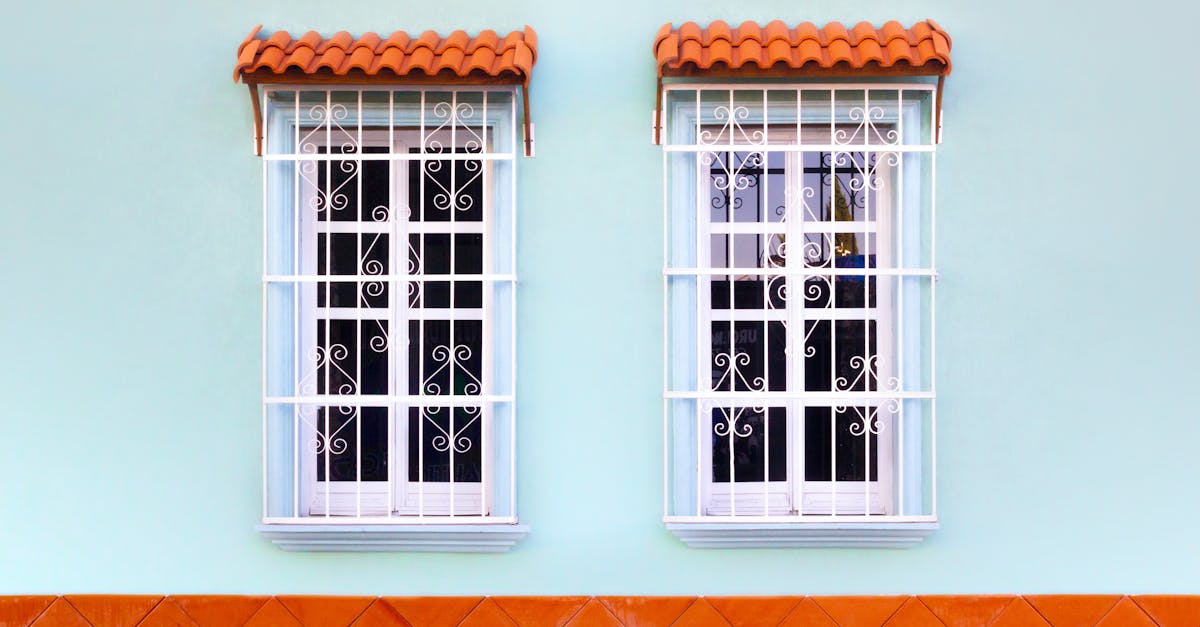
Design Options for Metal Shingle Roofing
Pros and Cons of Aluminum RoofingTable Of Contents
Another aspect to consider for enhancing energy efficiency is the underlayment's ability to provide adequate ventilation beneath the metal roof. Proper ventilation can help prevent heat buildup in the attic space, reducing Architectural detailing with metal shingle roofing can include intricate patterns, textures, and finishes that add character and uniqueness to a building. Homeowners can choose from different profiles and designs to create a bespoke look that complements the overall architecture of their home. Whether it's emulating the look of traditional slate or wood shingles or opting for a more contemporary design, metal shingles offer versatility and flexibility in achieving the desired aesthetic outcome.Protection Against Firesthe demand on cooling systems during hot weather. Adequate airflow can also help mitigate moisture issues, which can impact the overall energy performance of the building. Therefore, choosing underlayment materials that promote ventilation and moisture management can contribute to a more energy-efficient roofing system.
FAQSWhen it comes to protecting your home from fires, aluminum roofing offers a strong advantage due to its innate fire resistance capabilities. In the event of a fire, aluminum roofing can help prevent the spread of flames, providing valuable time for evacuation and reducing the extent of damage to your property. This fire-resistant nature makes aluminum roofing a popular choice in areas prone to wildfires or where fire safety is a top concern.Consider underlayment options that contribute to the energy efficiency of your building.
Can metal shingle roofing be considered eco-friendly?Additionally, aluminum roofing is non-combustible, meaning it will not ignite or contribute to the spread of a fire. This feature provides peace of mind to homeowners, knowing that their property is safeguarded against the devastating effects of a fire. By choosing aluminum roofing, you are investing in a durable and protective roofing solution that prioritises the safety and security of your home and loved ones.When selecting underlayment for your corrugated metal roofing project, it is crucial to consider options that enhance the energy efficiency of your building. Energy-efficient underlayment can help regulate the temperature within your structure, reducing the need for excessive heating or cooling, thereby lowering energy consumption and costs. By choosing underlayment materials that contribute to energy efficiency, you are not only investing in the longevity and performance of your roof but also in the sustainability of your building as a whole.
Yes, metal shingle roofing is eco-friendly due to its recyclability and energy efficiency.FAQSReflect on the climate of your region and the specific energy needs of your property to determine the most suitable underlayment for enhancing energy efficiency. Materials with insulating properties can assist in maintaining optimal indoor temperatures, reducing heat loss in colder climates and heat gain in warmer areas. Additionally, underlayment that aids in moisture management can prevent condensation buildup, which can impact the overall energy performance of your building. By prioritizing energy-efficient underlayment, you are taking proactive steps towards creating a more sustainable and cost-effective roofing system for your property.
How recyclable are metal shingle roofs?Is aluminum roofing energy-efficient?FAQS
Metal shingle roofs are highly recyclable, making them a sustainable choice for environmentally conscious consumers.Yes, aluminum roofing is energy-efficient as it reflects sunlight, helping to keep the building cooler and reducing the need for air conditioning.What is the importance of underlayment installation with corrugated metal roofing?
What are the cost considerations when opting for metal shingle roofing?Does aluminum roofing provide cooling and insulation benefits?Underlayment installation with corrugated metal roofing is crucial as it provides an additional layer of protection against water infiltration, helps in energy efficiency, and enhances the overall durability of the roofing system.
When considering metal shingle roofing, it is important to weigh the initial investment against the long-term savings to determine the overall cost-effectiveness.Absolutely, aluminum roofing can help keep the interior of a building cooler by reflecting the sun's rays. Additionally, it can provide insulation to regulate indoor temperatures.How should I prioritize underlayment materials for my corrugated metal roof?
Are there customization options available with metal shingle roofing?Does aluminum roofing reduce noise?It is essential to prioritize underlayment materials that offer durability and long-term protection for your roof. Opt for materials that are resistant to moisture, UV rays, and provide a strong barrier against elements.
Yes, metal shingle roofing offers a range of customization possibilities, including architectural detailing and personalization to suit individual preferences.Yes, aluminum roofing can help reduce noise from the outside environment due to its soundproofing properties.How can I find the right balance between quality and cost when choosing underlayment for my metal roof?
How can architectural detailing enhance the aesthetic appeal of metal shingle roofing?Is aluminum roofing fire-resistant?To find the right balance between quality and cost, consider underlayment options that fit your budget without compromising performance. Look for materials that offer a good combination of durability, longevity, and affordability.
Architectural detailing allows for unique design options that can enhance the overall look and feel of metal shingle roofing, adding a touch of personalisation to the structure.Yes, aluminum roofing is fire-resistant and can provide protection against fires, making it a safe choice for residential and commercial buildings.Can underlayment installation contribute to the energy efficiency of my building?
What are some drawbacks of using aluminum roofing?Yes, underlayment installation can contribute to the energy efficiency of your building. Choose underlayment options that provide insulation properties, reduce heat transfer, and help in maintaining a comfortable indoor temperature, ultimately leading to energy savings.